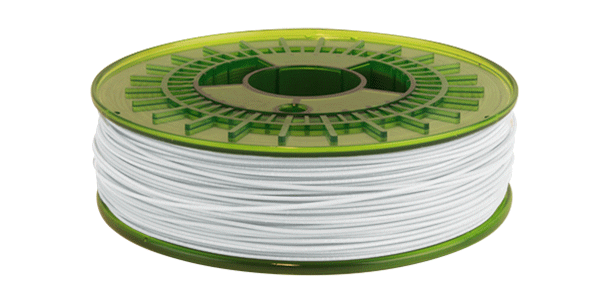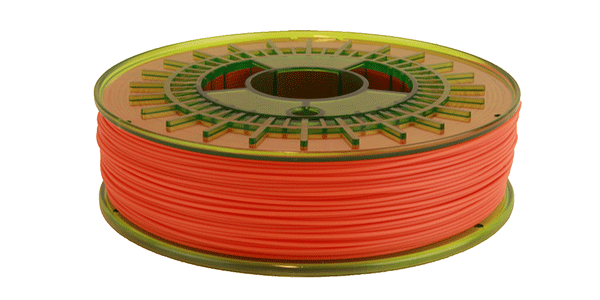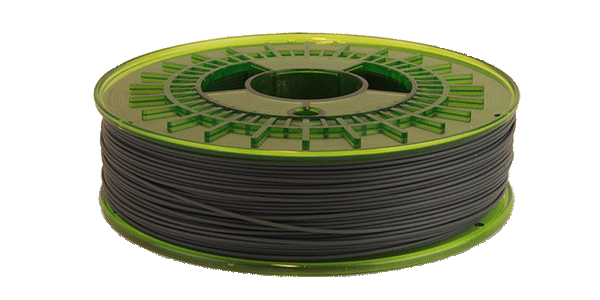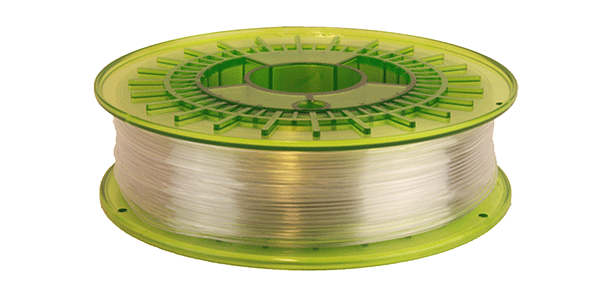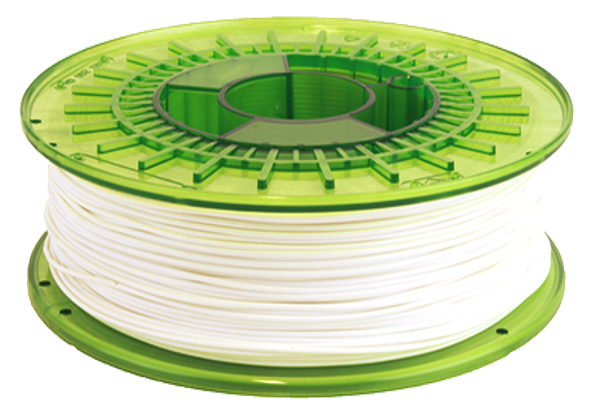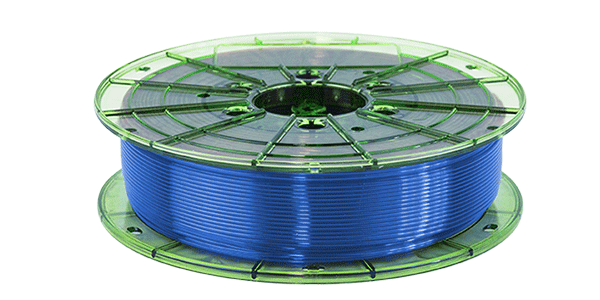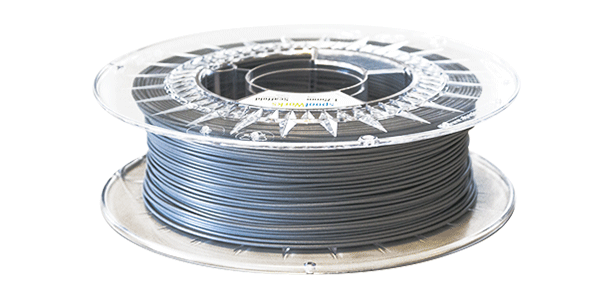Extrusion temperature
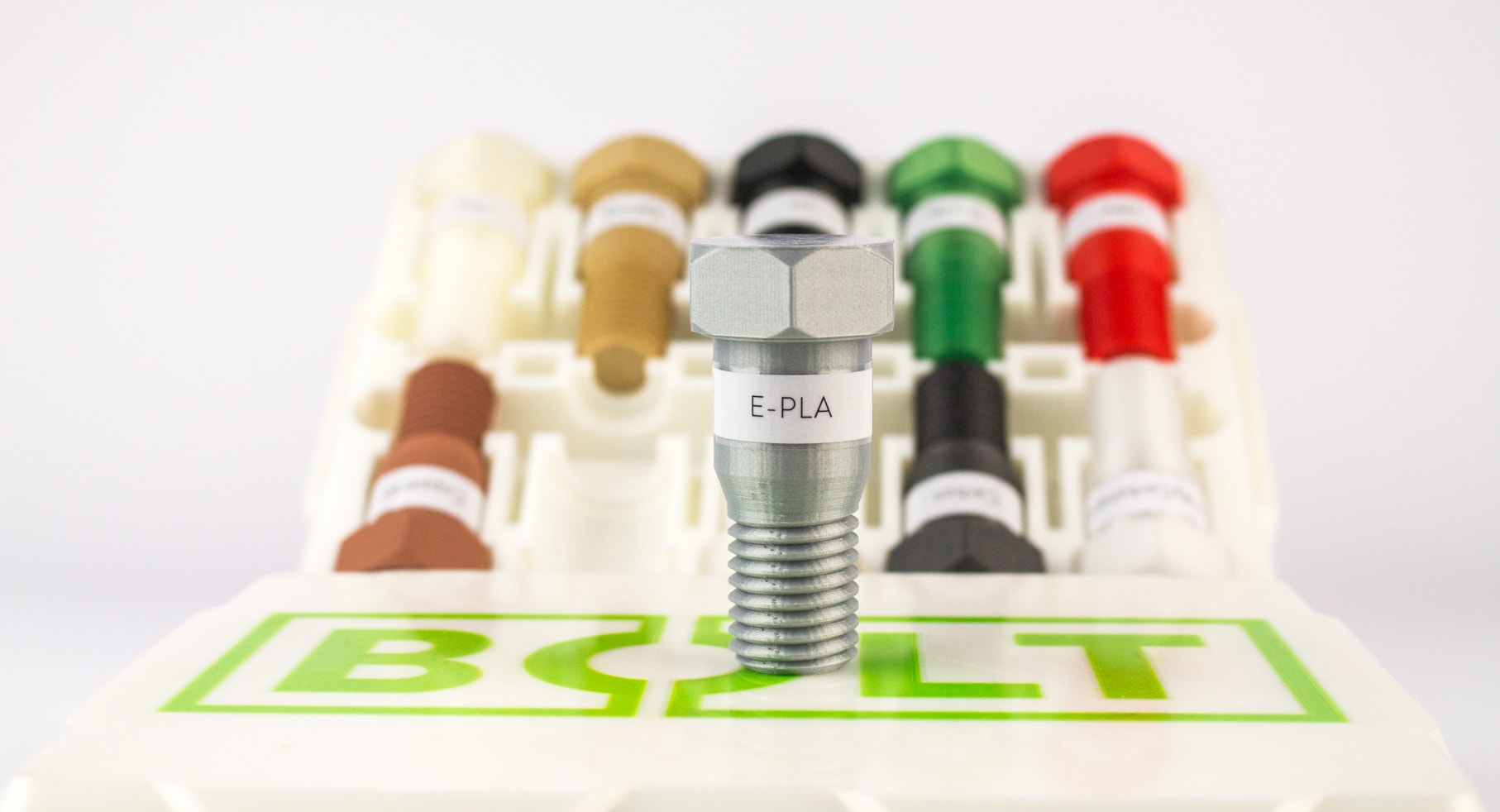
E-PLA
Leapfrog Engineering PLA (Polylactic Acid)is a biodegradable plastic that was formulated to provide greater durability than standard PLA without compromising on its eases of use when printing. PLA is the most popular filament used globally, offering great print quality with good dimensional accuracy and is used in many applications.
E-PLA is used in various settings mainly due to its ease of use compared to other filaments. It is the best filament to begin with for novice 3D printing users.
Printing tips
Sunlight: Direct sunlight over long periods can degrade the quality of the printed object so store E-PLA parts inside.
Storage: Store the filament in dry areas since it absorbs moisture.
Strong
Impact Resistant
E-PLA PRINTING GUIDELINES

Bed temperature
± 40 ºC

Weight (kg)
0.75
Warping
Low

Layer bonding
High

Suitable for
Bolt Pro, Xeed, Xcel
Filament diameter (mm)
1.75
Applications
Visual Prototypes

E-PLA is a great choice for producing visual prototypes for many reasons. Due to its better dimensional accuracy during the printing process, it can produce great prototypes for any project. Its ease of use means the process is simple and additionally, the filament is low cost meaning you can achieve more prints in comparison to other filaments. PLA is also used to create composite filaments, where it is mixed with other materials to create different finishes for 3d printed objects mainly used to showcase particular materials.
Functional Prototypes

E-PLA is designed to offer the ability to produce simple functional prototypes for projects that require it. Although it doesn’t have the same ductility as ABS, it is viable for simple functional prototypes.
Tooling

E-PLA has been formulated to have extra durability that standard PLA. Due to this, it is a viable filament for various tooling parts such as jigs and fixtures.

